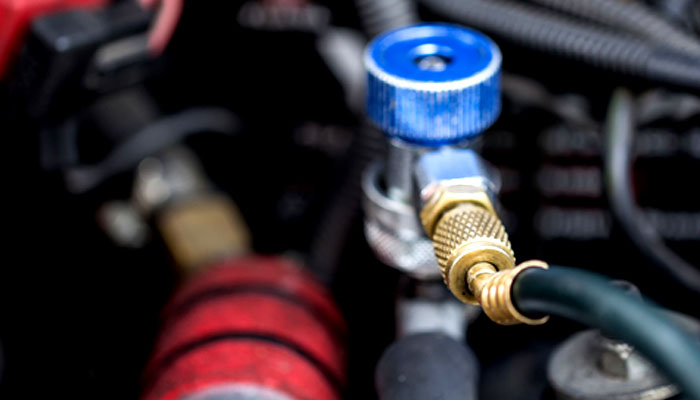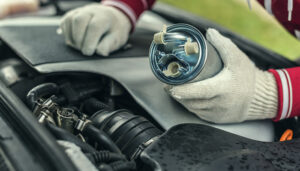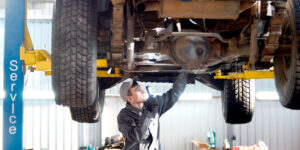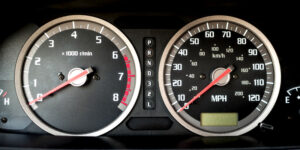It is a common misconception that testing fuel injectors can be difficult. However, this is not always the case. Whether you’re testing a throttle body injection (TBI) or an electronic fuel injection (EFI) system, the steps can be easier than you think. In some cases, you can visually diagnose or use some simple tools to identify the common problems.
When you compare modern fuel injection systems from Japanese car sales with older carburetor models, the former works more efficiently and reliably. Moreover, under any type of driving condition, it has better control over the mixture of air and fuel. However, over time, impurities in the fuel or problems with the electrical or mechanical system will cause harmful emissions, rough idling, misfires and poor fuel economy. So, it is important to check whether you have clogged fuel injectors on a regular basis.
How to Diagnose Clogged Fuel Injectors
People easily confuse clogged or dead fuel injectors with dead spark plugs, bad coil, or other electrical problems. So, it is essential to carefully study the following symptoms:
- Misfire – When there is poor air/fuel mixture in the cylinders, an incomplete combustion may take place. It is possible for the cylinder to miss a stroke. Consequently, there will be an engine power loss and an alarming sound. If the problem becomes severe, you will feel a jerking action coming from the engine and/or the powertrain.
- Jumpy engine – The improper air and fuel mixture can impend the combustion inside the cylinders.
- Poor performance – In order to ensure proper combustion, the engine needs sufficient fuel. The impended combustion directly affects the engine power.
- Stalling engine/rough Idling – When there’s uneven fuel supply during idling, the RPM will fall too low, which will result in stalling.
- Failed emission tests – Since the fuel combustion efficiency drops, there will be uneven or incomplete fuel burn. Consequently, the emissions increase.
- Higher fuel consumption – Once fuel combustion has been affected negatively, you will start to notice that you can only achieve your desired level of performance by burning more fuel.
Steps in Testing the Fuel Injectors in Your Car
- Once the engine is cold, start it and let it run idle for up to ten seconds.
- You can use your bare hands to touch the exhaust manifolds and learn if it is not that warm. Of course, you should not do this when the engine is still hot. Otherwise, you can try dripping droplets of water on the exhaust manifold.
- Make sure that the cylinder is not warm, then remove the connector from the injector.
- Check if the terminals of the injector connector are not corroded.
- Use an ohm meter or a Noid light to check if the power in the injector connector. You can find inexpensive Noid lights in many auto parts shops.
- Use the ohm meter to check if the injector has the proper resistance.
- Put the injector connector back in its place.
- If you do not have an ohm meter or a Noid light, you can use a piece of rubber hose or a stethoscope to listen if there is an injector click. Place the rubber hose or the stethoscope against the injector, then check if you can hear the injector clicks.
- Disconnect the coil pack or remove the spark plug wire.
- Try starting the engine.
- Remove the spark plug and check if it is dry. If it is, then it means that the injector is not delivering fuel to that cylinder. On the other hand, if the plug is wet and it smells like gasoline, then there is nothing wrong with the injector on that cylinder.
Did you find our tips useful? If you need help checking out other car maintenance guides or Japanese car sales, do not hesitate to contact us.



